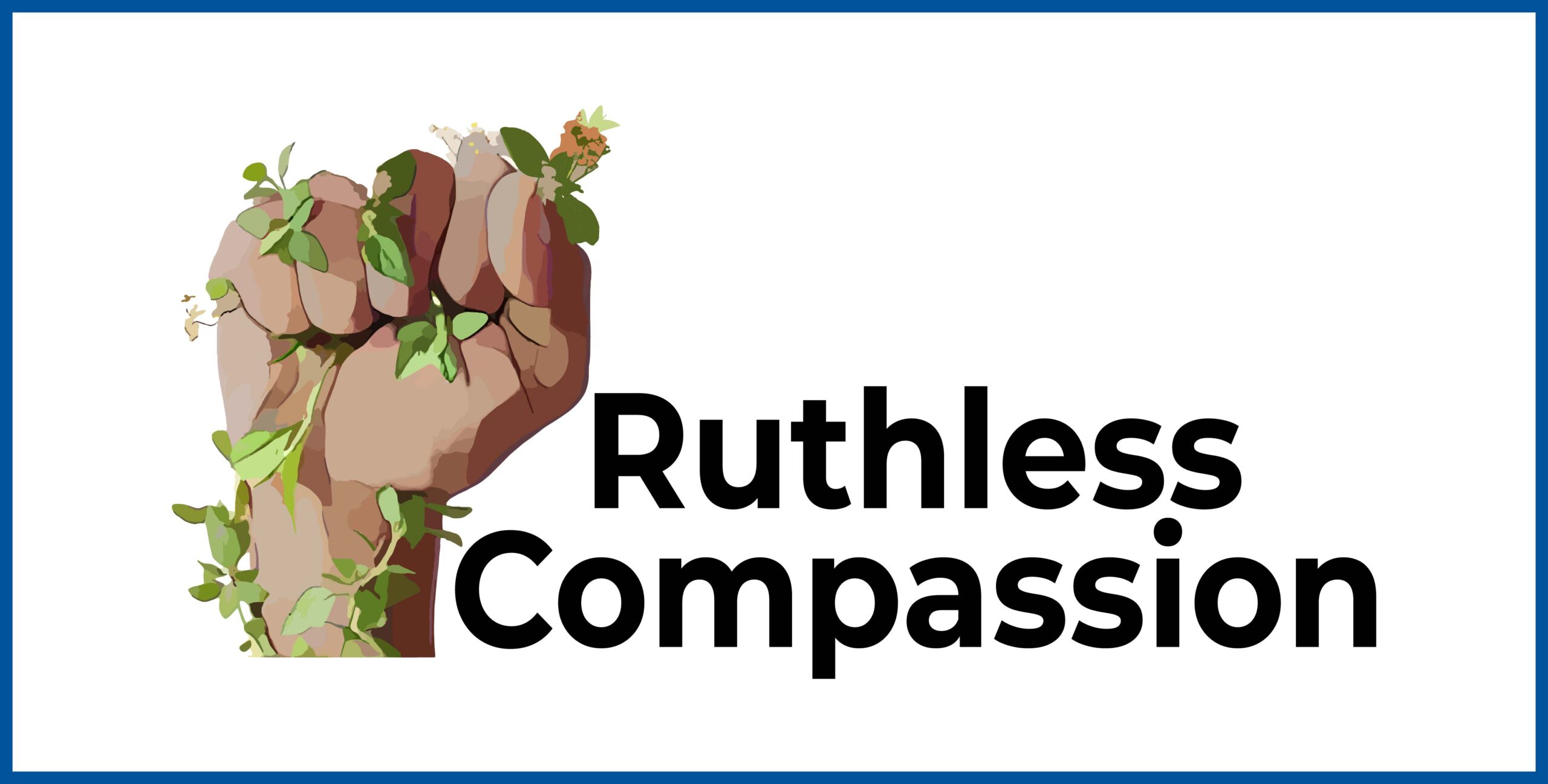I was watching the Grammy Awards the other night and becoming increasingly frustrated. With all the talk about “Time’s Up” and “MeToo” and with Kesha’s powerful performance about her own experience with oppression, you’d think that the Grammys had got it right when it comes to supporting women.
But watching the show made it clear to me that they hadn’t gotten it right at all. Actions are more powerful than words and on the Grammy Awards certain actions totally contradicted all the well-intentioned words I kept hearing.
What am I talking about? I call it the “underwear conundrum.” Leaving aside the misogynistic lyrics of some of the songs being performed, my frustration while watching the Grammys centered on the two performances in which women were dressed in outfits either resembling underwear or in actual underwear while singing and dancing alongside fully clothed men.
None of the men on stage were dressed in underwear or anything even close. They wore long pants and shirts layered under jackets and hoodies. I couldn’t focus on Cardi B’s performance with Bruno Mars because the bra top she was wearing was so skimpy that as she danced, I was anticipating a Janet-Jackson-esque wardrobe malfunction.
Watching the Luis Fonsi and Daddy Yankee performance was even more disconcerting. Again, there was the glaring discrepancy between the fully covered male dancers and female dancers who were wearing the skimpiest of shorts and tops.
The performance got worse for me when a woman wearing nothing more than a G-string, pasties and a few strategically-placed bits of fringe came on to dance with the two male singers. The blatancy of her objectification was extremely offensive to me.
People are going to say that I’m a prude, but they don’t know me. My problem isn’t with the showing of body parts; it’s with what it means to present fully-dressed males and scantily-clad females side-by-side on stage. It’s demeaning to the women and totally sexist.
Let’s talk about underwear. It’s called that because it goes under our clothes. We wear it at home when we’re getting dressed or undressed, or when we’re changing at the gym. We also wear it in intimate situations, like when we’re about to make love.
When producers dress performers in clothing that resembles underwear, there’s only one reason: to bring the viewers’ thoughts to sex. But by only having females presented in their underwear, it’s clear that it’s male viewers that the producers are pandering to; it’s their lust and their fantasies that are supposed to be stirred up.
As is usual in our media, men are the subjects doing the desiring and women are portrayed as the objects of their desire. The male gaze is the only important one here and the sexualized female body is what’s being gazed upon.
It’s not just at the Grammys. Magazines are notorious for this. The brilliant comedian Kate McKinnon was on the cover of a magazine recently, wearing only underwear. I was astounded. She’s a brilliant satirist. I can’t fathom one reason why she should be photographed in a camisole and tap pants.
McKinnon is only one of a multitude of women who’ve posed in various states of undress on the covers of magazines while the men who appear on these covers are on virtually every occasion fully clothed.
A few summers ago, the breakout musical hit was Robin Thicke’s “Blurred Lines.” Again, putting aside the misogynistic lyrics which seemed to glorify non-consensual sex, the women dancing in the video were scantily-clad in one version and semi-naked in another. And again, all the men were fully dressed. As usual, the message was clear. Women are sex objects; here to be desired and consumed by men.
So here’s the conundrum: How can we say that “Time’s Up” on discriminatory and abusive practices toward women while at the same time turning a blind eye to the constant sexualization of women on stage, screen and in print? How can we take this new movement seriously while ignoring such a blatant double standard?
I’d rather see no-one in the public domain parading around in their underwear, as I’m opposed to any sort of objectification, but if no-one will go for that then at least, let’s level the playing field. Either everyone is out and about in their skivvies or no-one is.
Either Bruno Mars performs wearing only his tighty-whities while Cardi B dances around him in her tiny shorts; either Louis Fonsi and Daddy Yankee and their male dancers are in only their bikini briefs while surrounded by semi-naked women, or everyone is fully clothed.
If we must have the anachronism that is the Victoria’s Secret pageant, then let’s have all the male performers in the same state of undress as all the female models and performers who appear on the show.
Enough of this double standard. Enough of this BS. It’s hypocritical to say “Time’s Up” on the harassment and unfair treatment of women while saying nothing about the semi-naked women appearing alongside fully-dressed men, everywhere in the media.
Until we get this right (and then maybe afterward, we can examine the misogynistic lyrics on many of today’s songs and the absurdly sexist plots of many of today’s film and TV scripts), we’re not moving forward. We’re presenting a mixed message that only serves to neutralize the argument for women’s rights.
One side of the message says, “Women are equal citizens, deserving of the same rights, freedoms and opportunities,” and the opposite side says, “Women are sex objects, presented for the benefit of male fantasies and for male sexual consumption.”
Without a consistent message that supports women as fully-fledged human beings; without a single standard of how men and women are represented in the media, we’re all just paying lip service to some catchy slogans. I truly hope that this changes, and soon.
Sign up here for my free biweekly wellness newsletter that brings you fresh, thought-provoking content.
Subscribe to my YouTube Channel to watch my series Moving into Autumn with Good Self-Care, where you’ll learn simple tips for taking the best care of yourself and your loved ones this fall season.
Tune in to my Ruthless Compassion Podcast where I go in-depth about topics like mental health, trauma, and loneliness.



